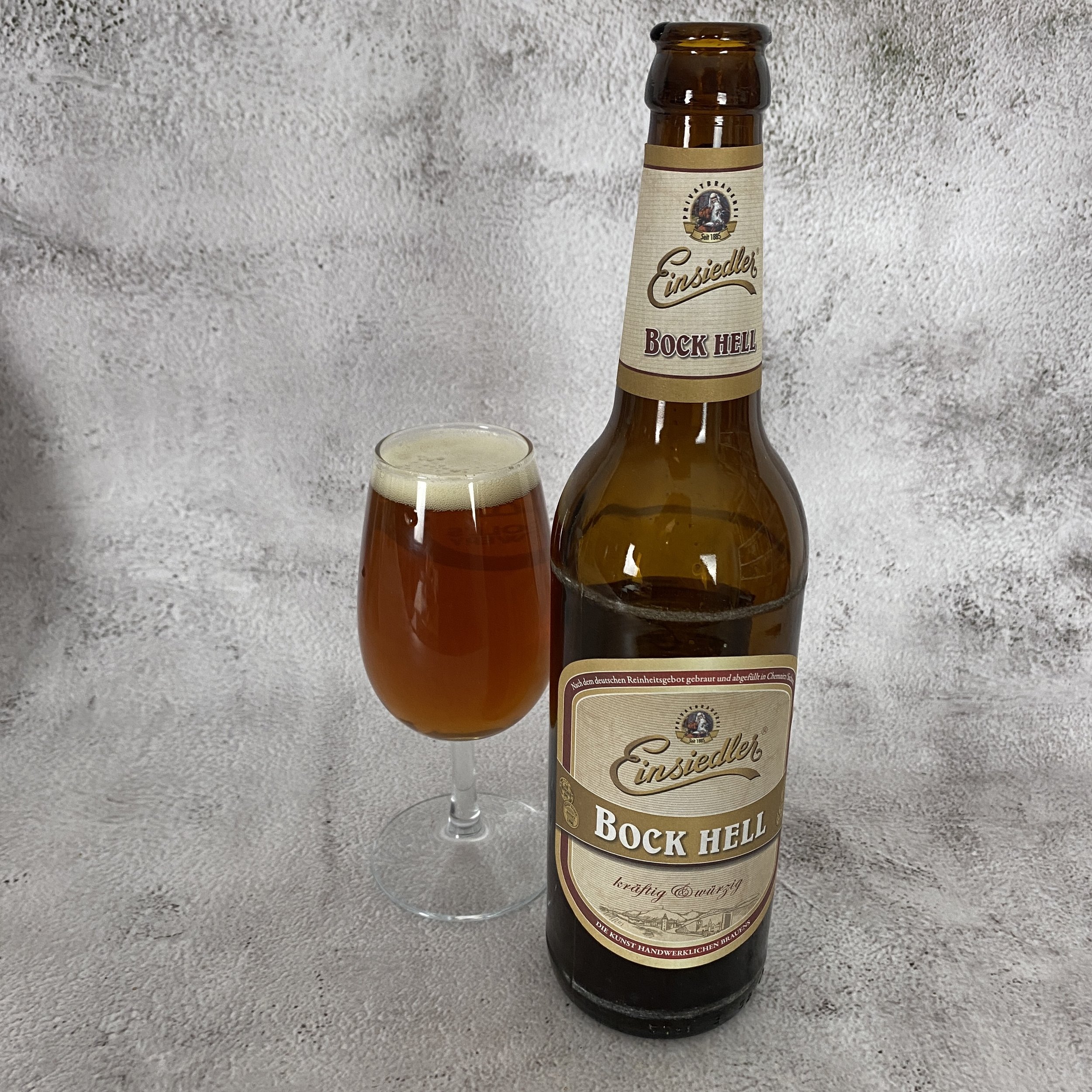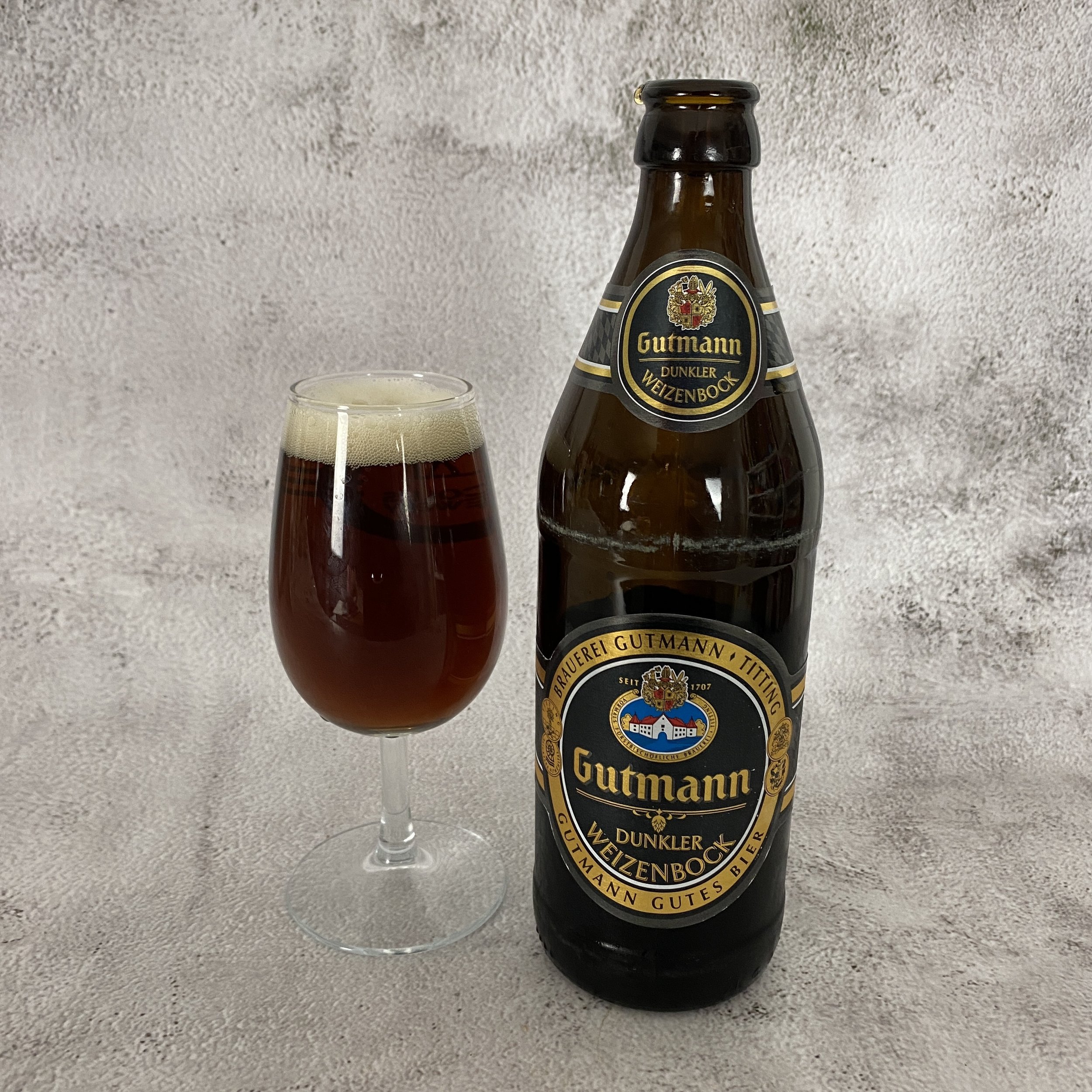Bock Beer – 6 Delicious Styles You Must Try
You've heard of GOAT - greatest of all time. But have you heard of Bock? The 20th of March is National Bock beer day, so let's take a look at this great beer style.
The History of Bock Beer
Bock beer originated in northern Germany, particularly in the city of Einbeck, probably around the 1400s. By the 1600s they were also being brewed in southern Germany as well. The Bavarian accent pronounced Einbeck as Ein-BOCK which actually means billy goat. The name got shortened to Bock and since then beers of this style tend to depict a goat on their labels. Celebrator by Ayinger also has a little goat ornament that comes on the bottle.
It's also thought that the goat imagery may come from the star sign Capricorn. Bocks are traditionally released in the winter and spring months. And the star sign for this period of time is Capricorn. So there's another link to goat there.
As you know, goat stands for greatest of all time - but what is your greatest of all time beer? Let me know in the comments.
What is Bock Beer?
So what is the bock beer style? It is a lager and is brewed with lager yeast. It uses Vienna, Munich and darker malts and it is lightly hopped with continental European hops. The ABV is higher than your average German beers sitting between 6% to 7%. This beer was traditionally brewed in the spring, so it could be stored until the winter months. Before temperature control, brewers could not brew in the summer because wild yeast could spoil the beer very quickly. So a ban was put on brewing during that time. They brewed stronger beers in springtime to last them all the way through into the winter months. Bock was one of those styles, hence the higher ABV. It's also thought it was brewed by Bavarian monks to sustain them through their fasting times.
Not sure what the difference is between an ale and a lager? Check out this blog post to find out about the types of beer.
The 6 styles of Bock Beer
There are six different versions of the Bock style, the traditional Bock and then five more:
Maibock, or Helles Bock is associated with the spring months, particularly May. It is lighter in colour than a regular Bock, but it has a similar ABV. It is drier and has a hoppier character. Versions to try of a Maibock are Utopian’s Rainbock and Ayinger’s Maibock.
A Dunkel Bock is closely related to the original Bocks brewed in Einbeck and it can be difficult to find a proper one outside of Germany. However, some craft brewers are experimenting with them. To try this version find an Einbecker Ur-Bock Dunkel.
The Doppelbock is similar to a regular Bock, but the colour can range from gold to black and the ABV is higher. Although doppel can sometimes be thought to me double the ABV of this beer is not necessarily double that of a regular book. It sits between 7% to 12%. Look for Celebrator by Ayinger or Paulaner’s Salvator to try two very traditional versions.
A Weizenbock is the youngest of the Bock family, only being developed in 1907. It is similar to a Doppelbock, but it's brewed with wheat and uses weizen yeast. So really, it's not a lager, as weizen yeast is ale yeast that provides banana and clove notes just like you'd expect from a Hefeweizen. Combine this with the dark malts and flavours of a Doppelbock and you’ve got a winning combination. Schnieder Aventinus and Weihnstephaner Vitus are excellent versions that you should find.
Finally, we come to our Eisbock. This uses the Doppelbock but freezes it which removes some of the water content and concentrates the alcohol making it much stronger. There is not much hop character in this beer, but it usually has a pronounced fruity character. Examples you can find include Kulmbacher Eisbock, and more local to the UK Pillars Icebock. They produce this every year as a special edition, so grab one if you can!
Have you tried a Bock beer yet? And are you going to try and find one of these examples? Let me know so I can help you find a style to try.
Knowing about different beer styles can help you understand what is in your glass. If you want to know about what defines a beer style, check out this blog post for more.


